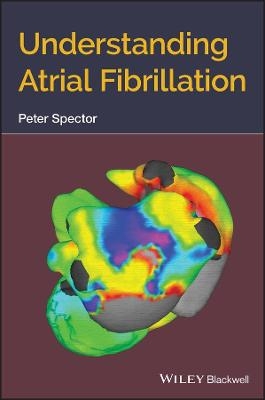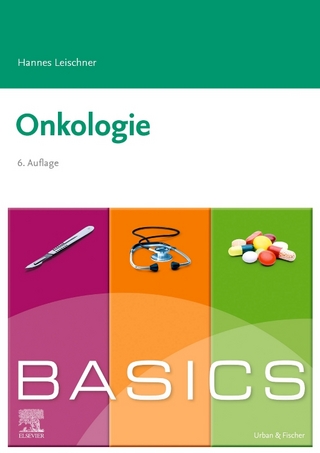
Understanding Atrial Fibrillation
Wiley-Blackwell (Verlag)
978-1-119-52460-1 (ISBN)
Affecting 30 million or more people across the globe, atrial fibrillation is one of the most prevalent – and yet misapprehended – issues facing modern cardiology. Its potential causes and optimal treatment strategies are matters of some conjecture in the medical community, where ongoing research has yielded findings that can prove challenging to those not familiar with the complex physiology at the root of the condition. Recognizing these concerns, distinguished electrophysiologist Peter Spector has designed Understanding Atrial Fibrillation as a means by which to equip clinicians with the data and analytic tools needed to develop a better grasp of this arrhythmia’s full nature.
The book begins by providing a detailed explanation of atrial fibrillation’s causal mechanisms and builds its exploration from there. Working toward an up-to-date knowledge of the mapping and ablation of atrial fibrillation, its chapters assess the experimental data that has shaped current thoughts on the condition and then outline the best methods with which to interpret that rich but potentially difficult information. This revelatory new guide:
Explores hypotheses of multiple drivers and mechanisms co-existing in individual patients
Addresses common misperceptions and inaccurate views about atrial fibrillation
Describes the basic physiology of atrial fibrillation’s propagation and reentry
Explores the various mechanisms and higher-order dynamics of fibrillation
Discusses how to intervene and alter atrial physiology to prevent fibrillation
Understanding Atrial Fibrillation is truly an invaluable resource for physicians, fellows, residents, electrophysiology lab staff, and all other practitioners involved in the diagnosis and treatment of atrial fibrillation.
Peter Spector, MD, is Professor of Medicine, Professor of Electrical and Biomedical Engineering, and Director of Cardiac Electrophysiology and the Cardiac Electrophysiology Laboratory at the University of Vermont Medical Center, Burlington, VT, USA.
Preface ix
Acknowledgments xiii
Part I: Building blocks of fibrillation 1
Excitation and propagation 1
Source-sink relationships 2
What determines source-sink balance? 3
Propagation and reentry 4
Requirements for reentry 4
What makes a circuit? 6
Source-sink balance and rotors 6
Wave length 8
Wave length, path length, and reentry 9
Restitution 10
Initiating reentry 11
Part II: Atrial fibrillation mechanisms 21
The evolution of current concepts 21
The mass hypothesis of atrial fibrillation 30
Principles of propagation: Implications for fibrillation 32
Focal rotors 52
Micro‐reentry 55
Fibrillatory conduction or multi‐wavelet reentry? 66
Location of atrial fibrillation drivers 76
Principles of propagation: Driver interactions in fibrillation 87
Part III: Working with incomplete information 93
Cardiac mapping 93
Sample density and atrial fibrillation 115
What should we do with the patient who comes to the lab tomorrow? Putting it all together (without “it all”) 128
Putting it all together: Atrial fibrillation in three questions 132
Appendix A: Calculating probability in a random walk 135
Appendix B: Dominant frequency analysis 137
Appendix C: A stupid idea, but a learning opportunity 143
References 149
Index 161
| Erscheinungsdatum | 30.09.2019 |
|---|---|
| Verlagsort | Hoboken |
| Sprache | englisch |
| Maße | 152 x 231 mm |
| Gewicht | 295 g |
| Themenwelt | Medizin / Pharmazie ► Allgemeines / Lexika |
| Medizin / Pharmazie ► Medizinische Fachgebiete ► Onkologie | |
| ISBN-10 | 1-119-52460-1 / 1119524601 |
| ISBN-13 | 978-1-119-52460-1 / 9781119524601 |
| Zustand | Neuware |
| Haben Sie eine Frage zum Produkt? |
aus dem Bereich


